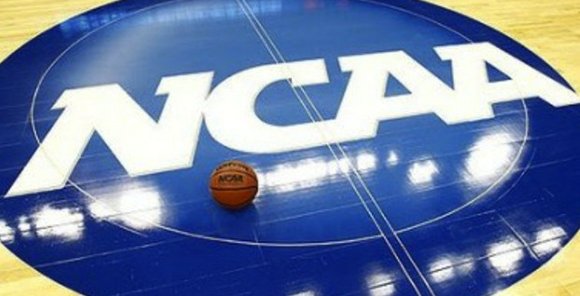Article X Section 1 The NBA’s Lease to Buy Program
Brian Barefield | 3/31/2017, 1:06 p.m.
On last Friday I sat in front of my TV just like millions of others in America to watch the 2017 NCAA Tournament Sweet 16 round. As a sports fan, I was only interested in one game and that was UCLA vs Kentucky. Some watched this game for reasons outside of basketball (LaVar Ball). Others watched to see three college freshman phenoms who will play in the NBA next year (UCLA - Alonzo Ball, Kentucky - Malik Monk, and De ’Aaron Fox). During the game, I asked myself a very profound question. What is the difference? What is the difference in me watching these freshmen play in March and me watching them play in October? Then I was reminded of Article X Section 1. The 2005 rule that was put into the NBA’s collective bargaining agreement which states, “The player is or will be at least nineteen (19) years of age during the calendar year in which the Draft is held, and...at least one (1) NBA Season has elapsed since the player’s graduation from high school (or, if the player did not graduate from high school, since the graduation of the class with which the player would have graduated had he graduated from high school).”
This rule has forced many future NBA stars like John Wall, Anthony Davis, Kevin Durant, Kyrie Irving, etc. to be leased, sorry I mean given a scholarship to play basketball in the NCAA. Most players with that type of talent come into school knowing that they will be “One and Done.” As a matter of fact, Lonzo Ball stated that he expressed to everyone involved in the basketball program at UCLA that he was only coming there to play one year. Oh, I forgot to mention that this was in his sophomore year of high school. I am sure that these are the same type of conversations being had at many other Division 1 basketball programs that recruit the type of talent that players like Ball and Fox possess. How is this helpful to the educational process and development of these athletes again? Technically they only have to go to class the first semester in order to stay eligible to play the remainder of the season. How much Political Science do you think they remember? What about Freshman English or Math? So once again we are left with the question of what’s the difference in watching these young men play basketball for one year in college compared to watching them play coming straight out of high school? The answer is very clear: MONEY. The NCAA saw its revenue increase with the 2005 ruling from the NBA. By 2010, the NCAA signed a 14-year 10.8-billion-dollar television contract with CBS Sports and Turner Broadcasting. Six years later they signed a very lucrative extension that added an additional 8.8 billion dollars to take the contract through 2032.
Now I could go into a diatribe about how the players will see no parts of that money, but I will save that for another time. What I will say is that those numbers alone make sense on why the NBA did the NCAA a favor by cutting off the high school to pros pipeline. It also did itself a favor by using college basketball as a marketing tool to promoting the next “Rising Stars” coming into the league. Let’s be honest with ourselves. What development (skills) could possibly be gained in 5 months of college basketball? Couldn’t that time be better served learning from your co-workers (NBA players)? Or maybe it’s just me. And since I try my best not to be a hypocrite. I can’t wait to watch the Final Four and championship game. Who knows? Maybe we will see an all Carolina championship game.








